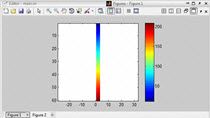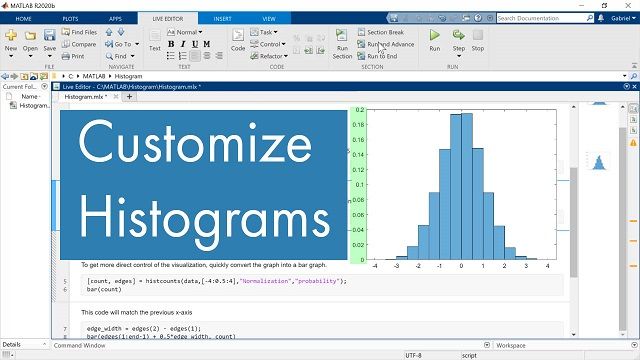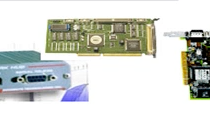This Flying Taxi Could Reshape Your Commute
First debuted at CES 2024, the Supernal S-A2 is an electric air taxi that promises to reduce carbon emissions and transform city travel. To create this state-of-the-art air vehicle, Supernal utilized Model-Based Design with MATLAB® and Simulink® to shorten development cycles and meet demanding quality requirements. The Supernal team uses Unreal Engine® for 3D animation of simulation models and battery data—including state of charge, temperature, and power consumption.
Hear from MathWorks CEO Jack Little to better understand this engineered system, including how the aircraft is built, and what it means for the future of aviation.
Published: 24 Oct 2024





